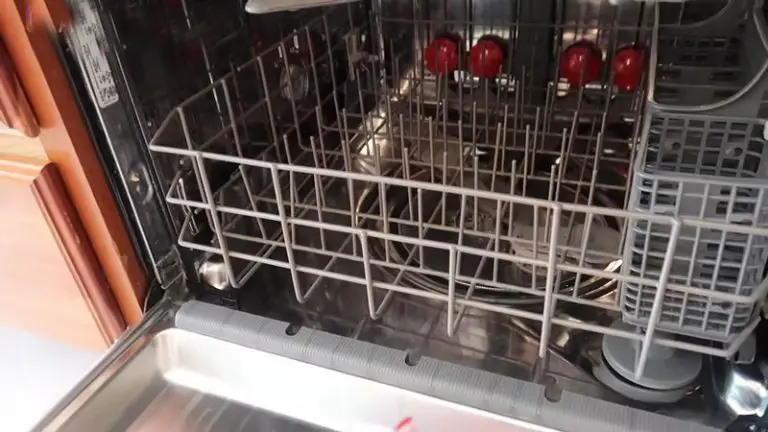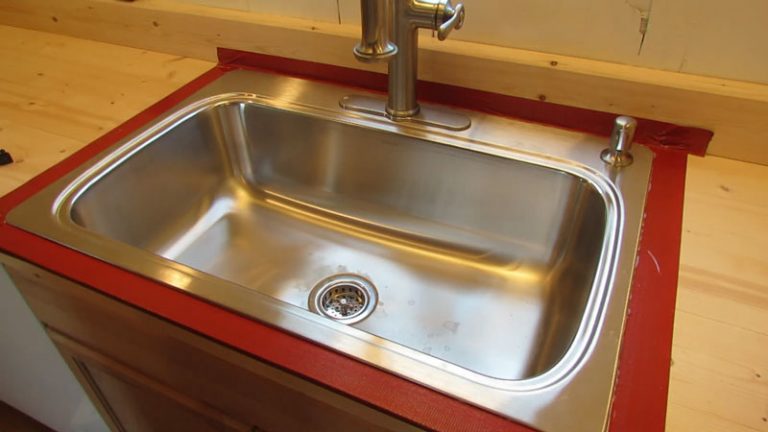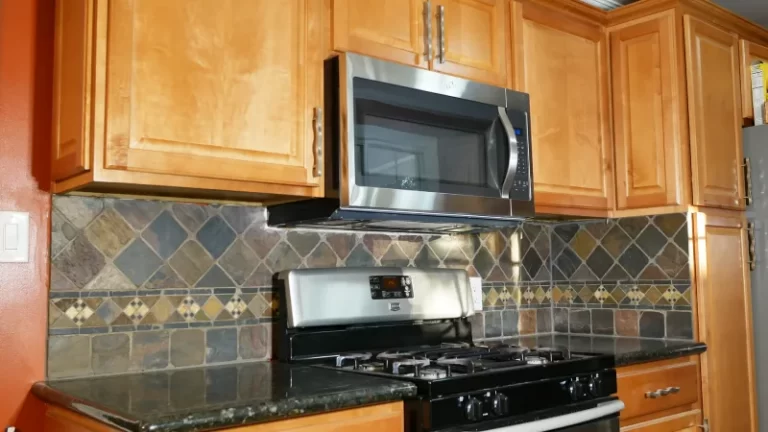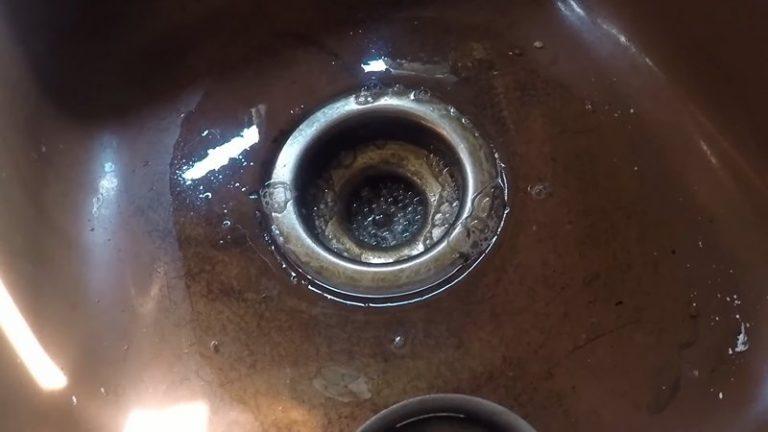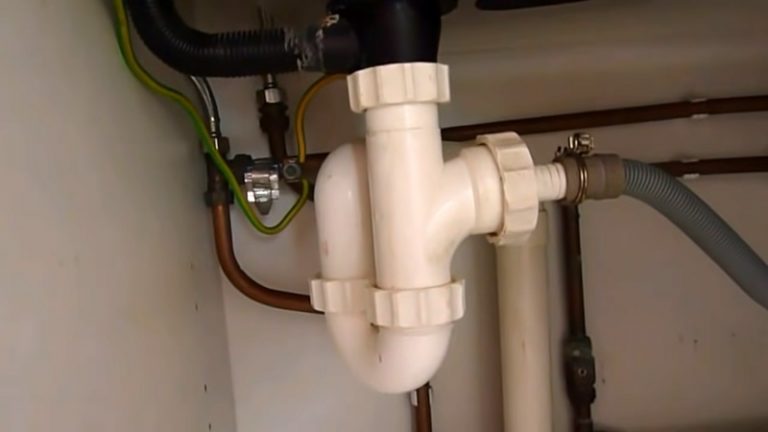Understanding the Black Film on Plastic in Your House
Discovering a black film on plastic surfaces in your home can be concerning and puzzling. What is causing it? Is it harmful? How can it be removed? These are common questions that homeowners face when encountering this issue.
In this comprehensive guide, we will delve into the potential causes of the black film on plastic, its effects, and effective methods for prevention and removal. By understanding this phenomenon, you can better address and manage it in your home environment.
You'll Learn About
Black Film on Plastic in Your House
Plastic is a ubiquitous material found in various household items, from kitchenware to electronics. However, it is not uncommon for plastic surfaces to develop a black film over time.
This can occur for a variety of reasons, ranging from environmental factors to microbial growth. Understanding the underlying causes of this black film is essential for effectively addressing and preventing its recurrence.
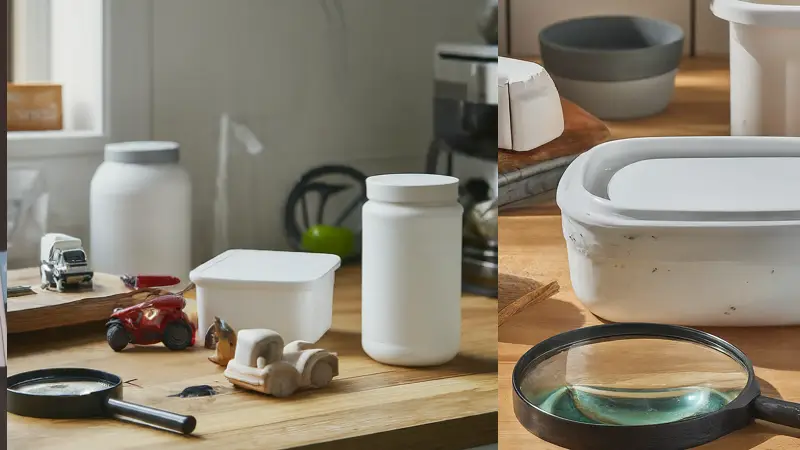
In this article, we will explore the common causes of black film formation on plastic surfaces, the potential risks associated with it, and practical strategies for removal and prevention. By equipping yourself with this knowledge, you can maintain a clean and healthy living environment for you and your family.
Common Causes of Black Film on Plastic
1.1 Environmental Factors
Environmental factors such as exposure to sunlight, heat, humidity, and airborne pollutants can contribute to the formation of black film on plastic surfaces.
- UV Exposure: Prolonged exposure to ultraviolet (UV) radiation can degrade the surface of plastic, leading to discoloration and the formation of a black film.
- Heat and Humidity: High temperatures and humidity levels can accelerate the breakdown of plastic materials, promoting the growth of mold and mildew.
1.2 Mold and Mildew Growth
Mold and mildew thrive in moist environments and can colonize on plastic surfaces if conditions are favorable.
- Moisture Accumulation: Condensation, leaks, or improper ventilation can create moisture buildup on plastic surfaces, providing an ideal breeding ground for mold and mildew.
- Organic Matter: Dust, dirt, and organic residues present on plastic surfaces can serve as nutrients for mold and mildew growth.
1.3 Chemical Reactions
Chemical reactions between plastic materials and substances such as cleaning agents, oils, or airborne pollutants can cause discoloration and the formation of a black film.
- Chemical Residue: Residual chemicals from cleaning products or other household substances may react with plastic surfaces, resulting in discoloration and staining.
- Oxidation: Exposure to oxidizing agents or pollutants in the air can cause plastic materials to degrade and darken over time.
Effects of Black Film on Plastic
2.1 Aesthetic Concerns
The presence of a black film on plastic surfaces can detract from the appearance of your home’s interior, making it look dirty or unkempt.
- Discoloration: The black film can create unsightly stains and streaks on plastic surfaces, diminishing their visual appeal.
- Texture Changes: Mold and mildew growth can cause the plastic to become slimy or rough, further affecting its appearance and texture.
2.2 Health Risks
In addition to aesthetic concerns, black film on plastic surfaces may pose health risks, especially if it is caused by mold or mildew growth.
- Respiratory Issues: Inhalation of mold spores or volatile organic compounds (VOCs) released by mold and mildew can exacerbate respiratory problems and allergies.
- Skin Irritation: Direct contact with mold or mildew can cause skin irritation, particularly in individuals with sensitive skin or pre-existing skin conditions.
Strategies for Removal and Prevention
3.1 Removal Techniques
Effective removal of the black film on plastic surfaces requires thorough cleaning and disinfection.
- Cleaning Solution: Prepare a solution of warm water and mild detergent or a specialized cleaner formulated for mold and mildew removal.
- Scrubbing: Use a soft-bristled brush or sponge to scrub the affected plastic surfaces gently, paying particular attention to areas with visible black film or mold growth.
- Rinsing: Rinse the plastic surfaces thoroughly with clean water to remove any residual cleaning solution and loosened debris.
- Disinfection: Apply a disinfectant or antimicrobial solution to the cleaned plastic surfaces to inhibit mold and mildew growth and prevent future black film formation.
3.2 Prevention Strategies
Preventing the recurrence of black film on plastic surfaces requires addressing underlying causes and implementing preventive measures.
- Moisture Control: Address sources of moisture in your home, such as leaks, condensation, or high humidity levels, to prevent mold and mildew growth on plastic surfaces.
- Ventilation: Ensure adequate ventilation in areas prone to moisture buildup, such as bathrooms, kitchens, and basements, to promote airflow and reduce humidity levels.
- Regular Cleaning: Maintain a regular cleaning schedule for plastic surfaces using mild detergent or specialized cleaners to remove dirt, dust, and organic residues that can contribute to black film formation.
- UV Protection: Minimize direct exposure of plastic surfaces to sunlight and UV radiation by using curtains, blinds, or UV-protective coatings to prevent discoloration and degradation.
Informative Table: Causes and Prevention of Black Film on Plastic
| Cause | Effect | Prevention |
|---|---|---|
| Environmental Factors | Discoloration, degradation | Minimize exposure to sunlight, heat, and humidity |
| Mold and Mildew Growth | Staining, health risks | Control moisture, improve ventilation, regular cleaning |
| Chemical Reactions | Discoloration, degradation | Use compatible cleaning agents, avoid chemical exposure |
Conclusion
The presence of a black film on plastic surfaces in your home can be a cause for concern, but with proper understanding and action, it can be effectively managed.
By identifying the underlying causes, addressing environmental factors, and implementing preventive measures, you can prevent the recurrence of black film formation and maintain clean and healthy living spaces. It also appears in other things like mold in compound joint.
Regular cleaning, moisture control, and adequate ventilation are key to preventing mold and mildew growth on plastic surfaces. Additionally, minimizing exposure to sunlight and chemical contaminants can help preserve the integrity and appearance of plastic materials.
By following the strategies outlined in this guide, you can effectively address black film formation on plastic surfaces and create a clean, comfortable, and visually appealing home environment for you and your family.

